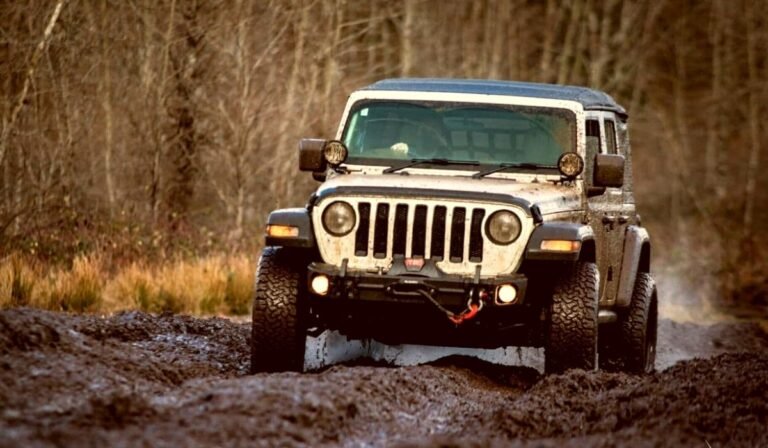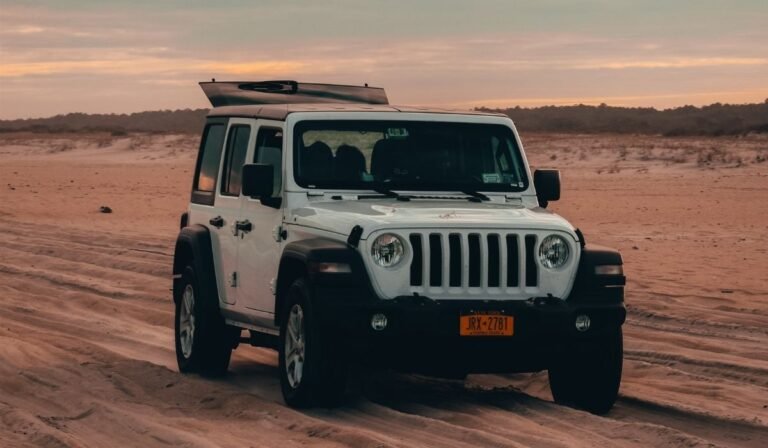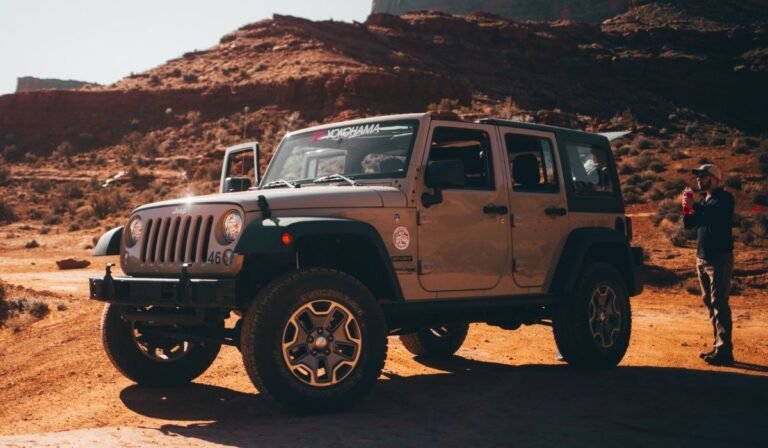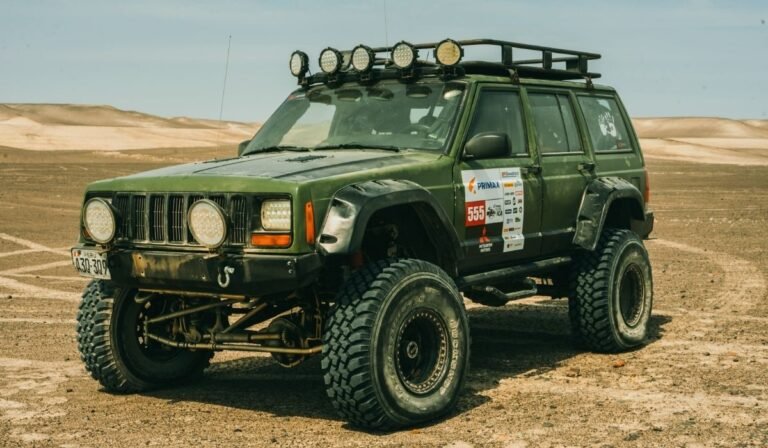7 Things to look for before you lease a jeep in 2022
When buying a car, the seller offers several payment options, especially if you are buying from a dealership or from the factory. Suppose you want to get your jeep in good condition. In that case, you’ll obviously go to a dealership rather than buying from an individual seller.
This is because, with car dealerships, the quality of the jeep is assured, as most dealerships won’t buy vehicles with any signs of bad condition. Inspection is thoroughly done on each car before it is put up for sale.
As said earlier, you can consider several options when you finally decide it’s time to get yourself your dream jeep regardless of the make and model. However, if you buy an older model, you’ll find that some payment options are not applicable.
The following are methods for choosing to pay for your jeep
- Paying in cash
This is when you have ready cash to pay for the jeep you want to buy. If you wish to have no ties with your dealership or the bank and you don’t want to pay more than the initial cost, buying in cash is the best method you can go for.
The only paperwork involved is when you get handed your jeep and drive out of the dealership. You’ll always be at peace knowing that no monthly cuts are being made from your paycheque and that the logbook says that you are the only owner of the vehicle you are driving.
- Financing
If you need a vehicle and don’t have enough money to get one, financing comes into play. There are two primary financing methods, but both involve making a deposit and monthly payments.
The monthly payments are determined by the deposit amount you’ll put down. The lower the deposit amount, the higher the monthly payments.
- Dealership financing
Dealership financing is where you pay a deposit directly to the seller then pay monthly installments, which will be higher than the initial buying price. There are several deposit amounts options with dealership financing, so you choose to select one that you are more comfortable with.
The lower the deposit amount, the longer the payment period, increasing the amount at which you’ll buy the car. Depending on the dealership’s requirements, you might get lower or higher monthly payments.
Dealerships have different requirements for every jeep model, but the prices are different. Location and tax laws are some of the main influencing factors.
- Lender financing
Lender financing revolves around lending institutions, and you, as the car buyer, decide what type of loan to get. If you have some money and are viable for a loan, you can get an unsecured loan and top it up with the cash you have, thus enabling you to buy your dream jeep.
The loan is not secured by the car, and failure to pay the loan will not affect your vehicle ownership. The other method is making a deposit to the lending institutions.
Lending institutions make the rest of the payment on your behalf. You’ll pay the remaining balance in installments, which amount to the principal plus interest charged.
However, you cannot claim ownership of the vehicle until you have completed the payments and failure. Your car will be repossessed, and the lending institution will gain rights.
- Leasing
Leasing can simply be explained as a contract. There is a contract between you and the dealership regarding the period of use and the monthly payments. However, you pay an amount, but it is not exactly considered a deposit.

Most dealerships will refer to it as security. The amount is equal to the monthly payments you will be making but rounded off to the nearest 50, 100, or 1000 depending on the monthly payments. The dealership maintains ownership of the vehicle, but you are given a document stating that the car is under you on lease.
If you want to, you can lease to buy, but only if you agree with the dealership after the lease period. This means that you make monthly payments to the dealership until you pay the total amount that the contract says. A cheaper option as compared to other methods except buying in cash.
The dealership still has complete ownership, but you are responsible for all payments on the car. These include tax and insurance, which have to be 100% comprehensive.
Monthly installments are lower when leasing because you are paying for the depreciation of the jeep as you use it. The amounts can be high or down depending on how rapid the depreciation is on a specific model but are still lower than financing.
If you decide to lease, there will be a period and a maximum mileage to drive the car. You’ll have to pay the dealership for every extra mile when you exceed, and this payment is made at the end of the lease period.
Which is better between leasing and financing?
Most will consider only current financial strains when making the monthly payments and go for leasing over financing. Your decision should be influenced by how long you plan to use the vehicle and how you plan to use it.
If you plan to use the jeep you are getting for a short while, leasing is a better option than financing as the monthly payments are lower. When leasing and there are any mechanical issues with the jeep, the dealership will cater for that as part of the warranty.
When using a jeep for a more extended period, you’d want to take ownership of it as it is cheaper than using a leased one for a more extended period.
Once you are done with the monthly payments, you are free to use your car for as long as you please. You are also not bound by a contract dictating how you should use your car, which is the case when you decide to lease it. Even when you lease to buy, you are still bound by the contract.
What to consider before you lease a Jeep?
This article focuses on leasing and the price of leasing various jeep models whether you are leasing to buy or use for a specific period. Before you walk into a dealership, you should consider a few essential things.
- Credit score
Just like when applying for a loan, you’ll need to know your credit score. If you have a low credit score, you might be denied the lease or get higher payment terms than someone with a higher credit score.
- Money factor
If you are new to leasing, the money factor is a decimal figure that is a disguised interest rate. To convert it back to an interest percentage, multiply the decimal figure. If you have a high credit score, you can negotiate the money factor, and it might be eliminated.
- Depreciation of the jeep
Most vehicles will depreciate at around 18% for the first year, then depreciate at around 7% to 10% annually for continuing years. This varies between jeep models. You can calculate the depreciation rate if you know the initial buying price and use the number of years you plan on leasing.
- Mileage per annum.
Dealerships have the mileage limit capped at around 10,000 miles to 12,000 miles per annum which is not bad for a person who normally drives their car. That is why you should know your driving habit before you consider leasing.
- How much you’ll pay at the end of the lease?
You should know the amount you’ll pay at the end of the lease and compare it with other options. The end amount should help you determine whether the car is worth leasing, or you should wait for a little bit longer to get the amount to buy it or apply for a financing plant.
- Warranties
The dealership will cover normal wear and tear and some other costs involved in running the car. There are some costs that you cover, and there are listed. Knowing what you cover and what the insurance covers prevent any conflicts.
- Contract restrains
Reading the contract before you put a signature on it is essential. There are restrictions on car modifications, where to take the car for maintenance and repairs, or even location and terrain restrictions on where you can drive the vehicle.
That being said, following are estimated lease monthly payment terms for jeeps
Jeep models and standard leasing terms:

- Jeep wrangler
Prices for the jeep wrangler start at around $30,000 for the 2021 model. Most dealers have a $1500 to $2500 signing charge and monthly payments from $350 monthly for a one-year lease.
If you want a two-year lease, the monthly payment goes up to around $400 and $500 for a three-year lease. Mileage is capped at between 12,000 miles to 13,000 miles depending on the dealership. A warranty is included for the lease period.
- Jeep gladiator
Like the jeep wrangler, you’ll have to pay a $1500 to $2500 signing price for the jeep gladiator, which costs roughly $35,000 when new.
Leasing for one year will have you paying around $350 monthly all the way up to $650 depending on how long you plan to have the gladiator for. Mileage is limited to a maximum of about 12,000 miles depending on the dealership terms.
- Jeep Cherokee
You’ll pay around $400 to $500 for the jeep Cherokee if you decide to own it on lease and a signing fee of about $2000. The Cherokee is one of the best crossover SUVs, and finding one on a lease can be difficult sometimes. Like most lease contracts, mileage is capped at around 12,000 miles for the Cherokee, starting at approximately $27,000.
- Jeep Grand Cherokee
Like most jeep crossovers, $2000 is required upon signing, with monthly payments starting at around $450 up to $650 depending on the lease period. For a big SUV that you might want to use for long trips with your family, a 12,000-mile limit is a bit lower, and you can consider buying a new one at $38,000 for the base model.
- Jeep Compass
A $2000 signing price for the jeep compass might feel too high, and with monthly payments of around $400 to $500, most would consider buying instead of leasing. Mileage is capped at approximately 12,000 miles per annum which is not bad since the average person drives a similar distance. If you decide to buy the jeep compass, it starts at around $23,000 when new.
- Jeep renegade
This is the smallest and cheapest crossover SUV in the jeep’s lineup, priced at $21,000. The signing and monthly payments are lower than other jeeps. You only have to pay $1200-$1500 for signing.
Depending on the lease period, monthly payments start at around $250 to $400. People who get the jeep renegade mostly get it for town use, and a 12,000-mile limit is more than enough.
- Jeep track hawk
This is the most expensive jeep you can buy in cash, financing, or leasing. The jeep track hawk starts at around $90,000, which is okay for a super SUV. You must pay about $5000 when signing and make monthly payments of $1000-$1500 depending on the lease period.

For most performance vehicles, mileage per annum is lower, which applies to the track hawk. Most dealerships will put the mile limit to 10,000 miles for the track hawk, which is uncomfortable as you want to experience the over 700 horsepower from the 6.2-liter Hemi V8.
Conclusion
Most people will prefer buying a jeep on finance or cash payment terms over leasing as they get to get ownership at the end. However, if you have had your eyes on a specific jeep but want to test it for a while before buying it. Test drives do not offer the real daily driving experience you wish to, and leasing is the next best option.







